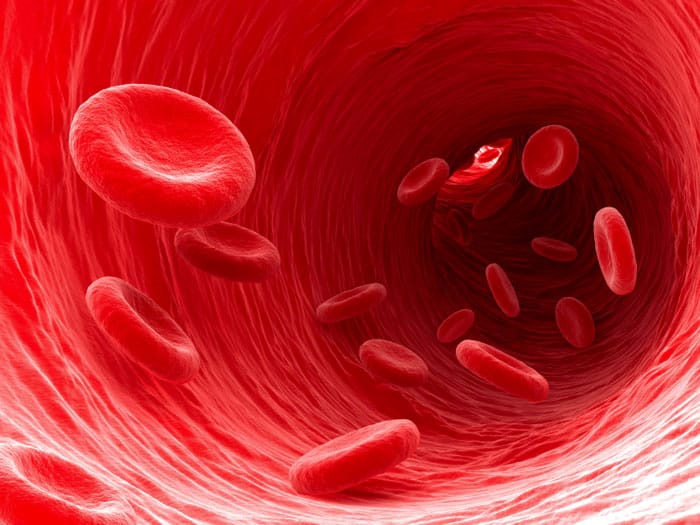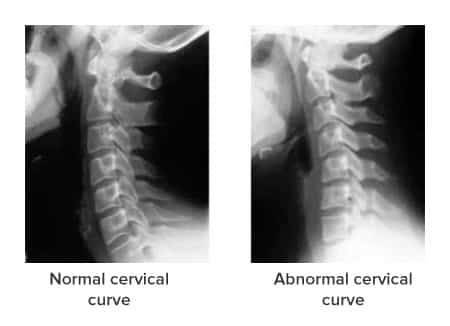Research Findings Can Identify Chronic Fatigue Syndrome / ME
Research findings can identify chronic fatigue syndrome / ME
Chronic Fatigue Syndrome is a hitherto poorly understood and frustrating diagnosis - with no known cure or cause. Now new research has found a possible way to identify the diagnosis through the discovery of a characteristic chemical signature that appears to be present in those affected by the condition. This discovery could lead to faster diagnosis and potentially effective treatment methods in the future.
It was scientists know University of California San Diego School of Medicine which is behind the discovery. Through a series of techniques and analyzes in which the evaluated metabolites in blood plasma - they found that those with chronic fatigue syndrome (also overlapping called ME) have a common chemical signature and biological underlying cause. For information, metabolites are directly related to metabolism - and are linked to intermediate stages of this. Researchers found that this signature was similar to other hypometabolic (low metabolism) conditions such as diapause (fasting state), fasting and hibernation - which often goes by the common name Dauer condition - a condition associated with a pause in development due to harsh living conditions (eg cold). Dauer is the German word for steadfastness. Do you have input? Use the comment field below or ours Facebook Page - the entire research study can be found at the link at the bottom of the article.
Metabolites analyzed
The study had 84 participants; 45 with the diagnosis of Chronic Fatigue Syndrome (CFS) and 39 healthy persons in the control group. The researchers analyzed 612 metabolite variants (substances that form in the metabolic process) from 63 different biochemical pathways in the blood plasma. The results showed that those diagnosed with CFS had abnormalities in 20 of these biochemical pathways. 80% of the measured metabolites also showed reduced function similar to that seen in metabolism or hypometabolic syndrome.
Chemical structure similar to "Dauer state"
The lead researcher, Naviaux, stated that although there are many different paths to the diagnosis of chronic fatigue syndrome - with many variable factors - one could see a common feature in the chemical metabolic structure. And this in itself is an important breakthrough. He further compared this with the "Dauer condition" - a survival response seen among insects and other organisms. This condition allows the organism to lower its metabolism to such levels that it survives challenges and conditions that would otherwise result in cell death. However, in humans, those diagnosed with chronic fatigue syndrome, this will lead to varying, prolonged pain and dysfunction.
May lead to new treatment of chronic fatigue syndrome / ME
This chemical structure provides a new way to analyze and diagnose chronic fatigue syndrome - and can thus lead to a significantly faster diagnosis. The study showed that only 25% of the mentioned metabolite disorders were needed to determine the diagnosis - but that as much as 75% of the remaining disorders are unique per affected person. The latter is therefore linked to the fact that chronic fatigue syndrome is so variable and different from person to person. With this knowledge, the researchers hope that they can arrive at a concrete treatment for the condition - something it desperately needs.
 - Please follow Vondt.net on YOUTUBE
- Please follow Vondt.net on YOUTUBE
 - Please follow Vondt.net on FACEBOOK
- Please follow Vondt.net on FACEBOOK
Photos: Wikimedia Commons 2.0, Creative Commons, Freemedicalphotos, Freestockphotos and submitted reader contributions.
References:
Metabolic features of chronic fatigue syndrome, Robert K. Naviaux et al., PNAS, doi: 10.1073 / pnas.1607571113, published online August 29, 2016.













